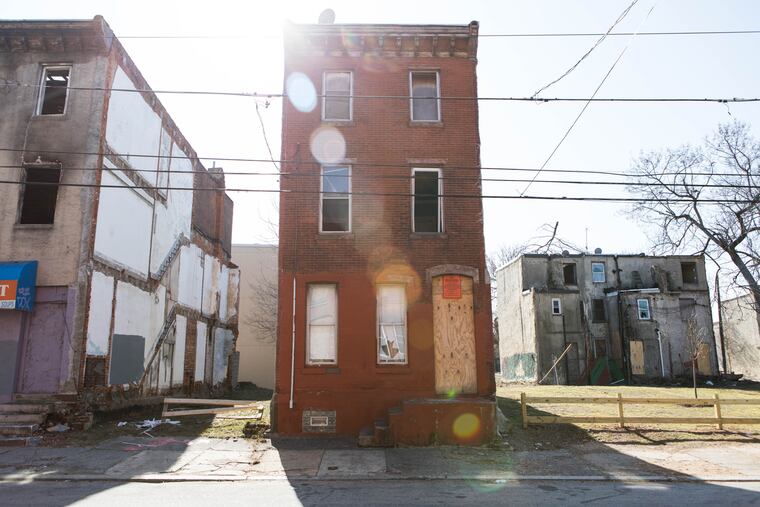Plenty of ways to pay for cash assistance for Pennsylvania’s neediest people | Editorial
It would have been more positive if general assistance had been restored as a policy decision, rather than a legal one, recognizing the need for people who are unable to work to get some help. But that would have gone against every social welfare trend exhibited by the government over the last few years.

There are many upsides to the news that Pennsylvania will be restoring the general assistance program — cash grants for the neediest people in the state.
The cash – usually about $200 a month, primarily for those who are disabled and can't work — was eliminated by Gov. Tom Corbett in 2012. The program was restored recently by the state Supreme Court. Community Legal Services argued that the grants had been eliminated unlawfully.
It would have been more positive if general assistance had been restored as a policy decision, rather than a legal one, recognizing the need for people who are unable to work to get some help. But that would have gone against every social welfare trend exhibited by the government over the last few years.
While $200 a month is scarcely enough to make a difference in finding affordable housing, or buying food to feed a family, or supplementing medical costs, it's better than nothing. Especially now, since those who are in drug treatment programs are also eligible for assistance.
Now, people who insist on claiming poor people and immigrants are getting welfare checks will no longer be entirely fabricating a myth. The reality is no one has survived on cash grants from the government since welfare was eliminated in 1996. The state does provide temporary assistance for families with children that has a lifetime limit of 60 months. Even the small amount that was eliminated by Corbett in 2012 had strict requirements for eligibility.
At the time it ended, general assistance helped 68,000 people and cost the state $150 million. The restored program won't require that amount at the outset, since the state will have to sign people up. Still, we can imagine the moaning and groaning that will result when lawmakers start debating how to pay for it.
In our view, there are plenty of options. We can think of three off the top of our heads:
The Educational Improvement Tax Credit is a program that lets corporations divert 75 to 90 percent of their tax payments to underwrite private and religious school tuition. The state allows $185 million of tax revenues to support two scholarship programs, presumably for poor families to send their kids to private or parochial schools. Its structure means kids from families making more than $100,000 a year can use the program. How many of them do? No one knows, because the data on participants and how they fare academically are kept under wraps.
It might be nice to divert some of the money from gaming proceeds we have given race horses to actual human beings. The state race horse industry got $20 million in slot machine revenues last year; since gaming was legalized, horses in the state have gotten $2.7 billion richer.
The Pennsylvania legislature, already the second-hightest paid in the country, routinely gets Costs of Living Allowances. Last year, they cost taxpayers $156,000. That's not necessarily a lot, but if lawmakers measured their raises against people with nothing, they might be embarrassed enough to rethink COLAs.